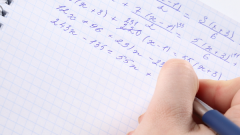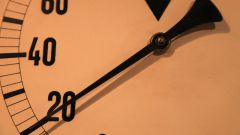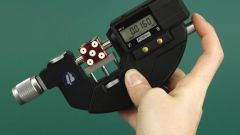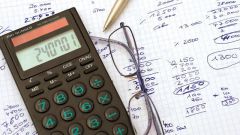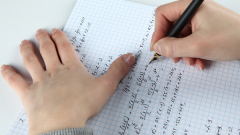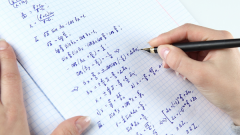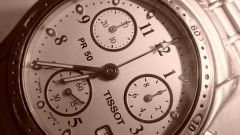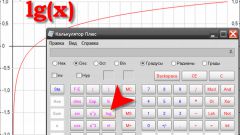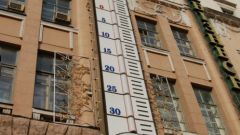You will need
- A device for measuring the desired value
Instruction
1
Measure device or other means of measuring the desired quantity. Repeat the measurement several times. The greater the obtained value, the higher the accuracy of determining the error of the scatter. Usually spend 6-10 measurements. Note the resulting set of values of the measurand.
2
If all values are equal, therefore, the error of variation is equal to zero. If a row has different values, compute the error of the scatter. For its determination, there is a special formula.
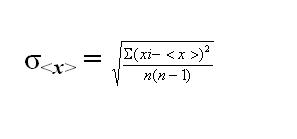
3
According to the formula, and calculate the first average value <x> of the resulting values. To do this, add up all the values and their sum divide by the number of measurements n.
4
Determine alternately the difference between each value and the mean value <x>. Record the results of the obtained differences. Then lift all the difference in the square. Find the sum of these squares. Save the last received result.
5
Compute the expression n(n-1), where n is the number of your measurements. Divide the result from previous calculations on the resulting value.
6
Take the square root of the private from division. This is the error dispersion σ measured you size.

